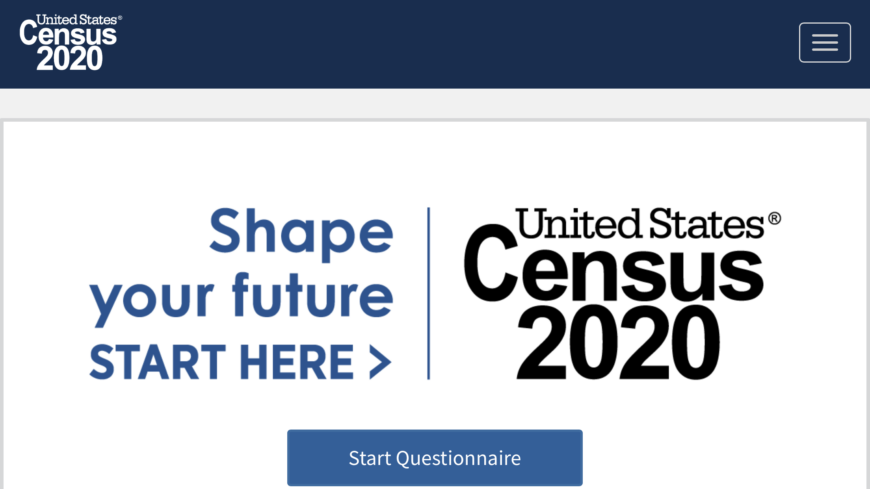If the term “data analysis” seems frighteningly out of reach for your small business, let us clear up how it can be of help. We are also a small business and often find ourselves dealing with an overwhelming amount of data, or options, and we feel like it’s getting out of hand. So data analysis has been sitting on our desk, under a pile, waiting to be tackled.
It’s tempting to just hand over all the data to a professional or hire a service, but that doesn’t always go well. When we tried it, we were asked more questions than we could answer. We were given many demands we thought they would handle, and in the end we felt conned; if we had known the amount of time and effort we would put into it, we would’ve just done it internally. Of course then we did exactly that. Here’s how we looked at incorporating data analysis in our small business.
What can Data Analysis do for me?
The reason we need data analysis in our small businesses is so we can make better, more informed decisions. The purpose of collecting data is to have proof supporting the decisions we make. Otherwise we might make decisions based on personal preference, inaccurate facts, or other subjective reasons. Collecting data allows us to base our decisions on facts.
How do you collect Data for Data Analysis?
Depending on the type of business you have, you may already have data collected. It could be the client management software, it could be your sales reports, or it could even be your social media insights.
Step 1: What questions do you want to answer?
Identify the issues and challenges in your small business that guidance. The right questions are the key to good data analysis. Your questions should be specific.
For example, if your business has been slow and struggling to cover your overhead, you need to figure out what to do. You could have the following question:
1. Can I reduce costs by reducing the number of employees without affecting current quality/production?
2. Is there anything fixable preventing my employees from working more efficiently?
3. Is there training I can offer my employees to increase their skills and reduce the number of employees needed?
Step 2: What Data does your business already have?
Take a close look at what data your business already has and see if it can answer your questions. If not, see about what data you would need to answer the questions you have. Then, brainstorm how you could go about collecting it.
In the above example, the data necessary could be the efficiency and output of each employee, the overall client/sales projection for the near future, and how much each employee costs the company.
Step 3: What will you measure and how?
Once you’ve narrowed down your key questions for resolving your issue, you can start deciding on you’ll measure and how you can measure it. The specific what and how depends on your questions and your data. For our example, we can decide to measure the number of employees our company has, the amount they’re paid in wages, and their output or efficiency.
This is a good time to verify your questions will result in quantifiable answers.
Once you’ve determined what you’ll be measuring, you can also define how you’ll measure it. Part of the “how” is determining the following:
– Timeframe (deadlines and parameters)
– Unit of measure (Hours? Goods? Dollars?)
– Factors (wages might not reflect complete benefits)
Step 4: What additional data does your business need?
Perhaps in defining the questions, measurements, and methods of measurement you’ve realized you have insufficient data. Maybe you haven’t successfully quantified the output or value of each employee in your business. Or you don’t know how efficient each employee could be. Either way, you’ll need to develop a plan to measure applicable data.
To measure data you can go backwards and look at the past assignments, or you could go forward and record for a certain period of time. Regardless, it will take time to collect the necessary data. Know that all you can do is have the templates, instructions, and systems prepared so that once your data is collected/organized, it can be plugged in easily for analysis.
Step 5: Analyze the data
Once you have all your data in one place, you can analyze and interpret the results. The goal in data analysis is to disprove the hypothesis or not disprove the hypothesis. This means you can’t prove your hypothesis and a positive result is an ongoing process.
Here are a few questions you can ask yourself once you have the results from the data:
– Does the data answer my question?
– Does the data help prove or disprove a point?
– What are the limitations of the data analysis?
Assuming your data analysis results answered the question you had initially posed, you can count it as successful. You can go ahead and plan how to execute the plans for improving your business or solving the issue at hand. Rest easy knowing your decision is proven by measurable and quantifiable data.
Do you have any questions about starting a business? Or running a small business? Send us a msg and we’ll sit down with you to see how we may be of service.




















